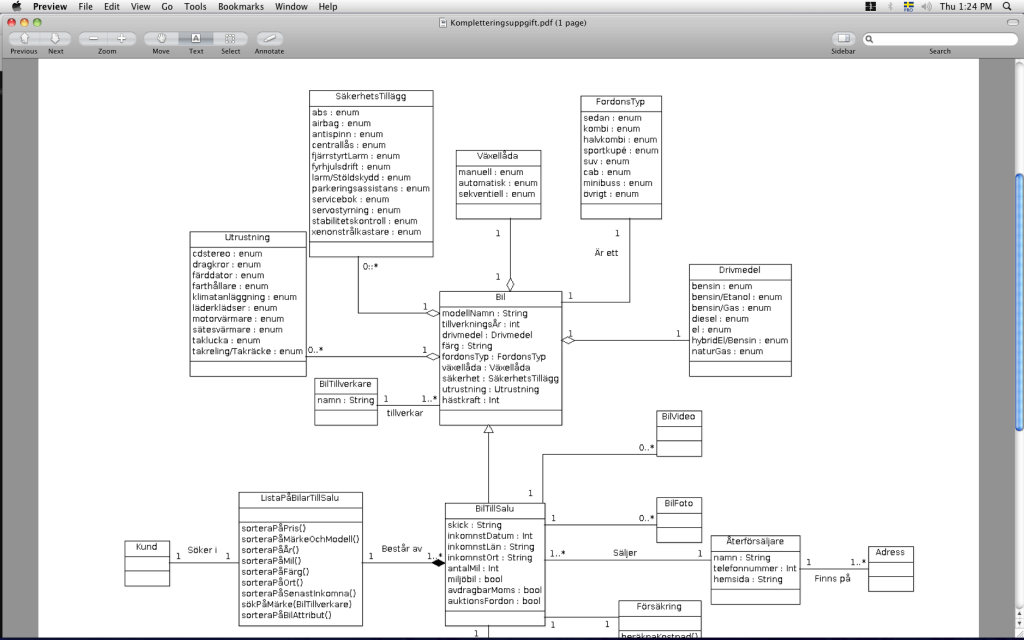As many of you know I am a beginner in learning all there is to know about software testing. At this stage I find some things overwhelming, which may also mean that other newbies can find it overwhelming as well. That is why I’ve decided to post 101 articles on topics I am learning about, with hopes that they will help other newbies as well!

If tech companies want to keep up with the fast-paced change of customer needs, the software development teams need to push their products ahead in a shortest time possible. That is why the agile software development methodology comes in play and was designed to offer a recurrent approach to both the development and design of the software.
If you are new to Agile and are wondering how the Agile Software development life cycle works, then continue reading this simplified and easy-to-understand article for beginners.

Agile Software Development is based on the idea of incremental and iterative development, in which the phases within a development life cycle are revisited over and over again. It iteratively improves software by using customer feedback to converge on solutions.
The Agile Software Development life cycle can be broken down into stages:
1. Concept
2. Inception
3. Construction
4. Release
5. Production
6. Retirement
1. Concept
During this stage, the development team discusses ideas and prioritizes projects. For each concept the team’s goal is to identify the business opportunity. This will lead to figuring out the time and work it will take to complete the project.
2. Inception
At this stage, you should have an identified project and present it to the stakeholders to find out the requirements of the project. Their opinions are carefully noted to improve upon the current product development cycle. Diagrams can help stakeholders visualize how the new feature will work.
The entire project is broken down into smaller, easily developable product features developed through cycles known as “sprints”. Sprints is simply put a time-frame that a certain work needs to be completed. Each work will have a team member assigned at this stage.

3. Construction
Once the team has gotten feedback from the stakeholder and the tasks are clear for each sprint, the work begins. The entire process is repeated through sprints until all the constituent product features are developed. The team can and will have additional sprints to expand upon the overall product.
4. Release
At this point you should have your product nearly ready to release. A few iterations are needed to be finished, including:
– Testing the system- your QA (Quality Assurance) team test the product to detect bugs, record wins and losses and test the overall functionality.
– Finalize the system and user documentation
– Release the finished iteration into production

5. Production
At this stage there is an ongoing support for the software releases. The here is to keep systems useful and productive after they have been deployed to the user community or simply put: keep the system running and help users to use it.
6. Retirement
As the name suggests, the production reaches its End-of-life activities, including customer notification and migration. The Retirement Phase is also known as system decommissioning phase.
Check out cool agile webinars!
Conclusion
The Agile Software development involves testing as early as possible in software development life cycle. Each stage is important and involved high customer involvement and testing code and more. Extensive regression testing can be done to make sure that the bugs are fixed and tested. Mainly, Communication between the teams makes agile testing success!!!

